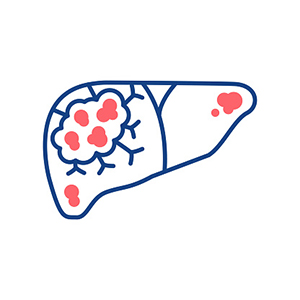New research published by Liu et al in the journal Cancer has revealed rising rates of liver cancer around the world, despite advances aimed at preventing the disease; however, some steps towards alleviation have been made due to control of hepatitis.
Methods
To obtain trends and estimates of liver cancer by age, sex, region, and cause, Xingdong Chen, MD, PhD, of Fudan University in China, and colleagues examined data from 1990 to 2017 from the Global Burden of Disease Study 2017.

Photo credit: Getty
Analysis Results
Globally, liver cancer cases diagnosed before the age of 30 decreased from 17,381 in 1990 to 14,661 in 2017. However, they increased in people aged 30–59 and 60 and older—from 216,561 and 241,189 in 1990 to 359,770 and 578,344 in 2017, respectively. When applying age adjustments, the team found that the incidences of liver cancer diagnosed before age 30 and from 30–59 decreased in both sexes, whereas in older adults, rates increased in males and remained stable in females. Compared with women, men had a more dramatic increase in liver cancer diagnosed at age 60 and older and a milder decrease in cases diagnosed at age 30–59.
Decreases seen in younger adults were largely ascribed to hepatitis B vaccinations and were consistent in most regions except in developed countries, in which liver cancer rates increased irrespective of sex and age. Liver cancer caused by nonalcoholic fatty liver disease increased by the greatest magnitude in most regions.
“Our findings suggest the lack of attention for older people in current liver cancer prevention efforts and highlight the emerging concern of obesity as a risk factor for liver cancer,” said Dr. Chen. “Liver cancer prevention strategies in both developing and developed countries should be tailored and updated.”
The authors concluded, “Primary liver cancer in highly endemic regions has been partly alleviated due to the potent control of hepatitis, especially among young and middle‐aged people. However, an unfavorable trend was observed in most developed countries and in elderly populations. As such, primary liver cancer prevention schedules should give more attention to nonalcoholic steatohepatitis and elderly patients.”
Disclosure: For full disclosures of the study authors, visit acsjournals.onlinelibrary.wiley.com.

